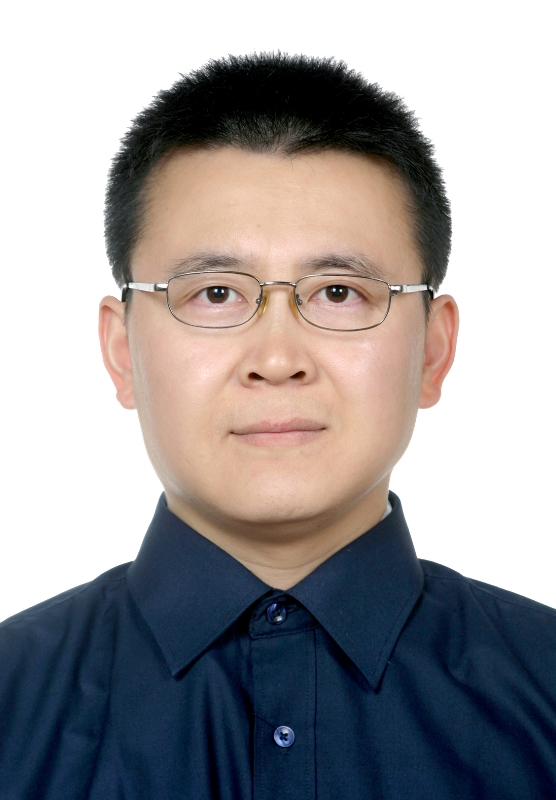
| Positions: | Deputy Director |
|---|---|
| Academic Title: | Professor |
| Mailing Address: | Jifeng Liu |
Dr. Liu has a wide range of interests from multi-wavelength studies of stars and compact objects to data-mining techniques. Specifically, his group is working to address the following questions.
1) How does stellar variability change across HR diagram? and how does that affect exo-planet habitability?
2) Where are the millions of stellar black holes predicted for the Milky Way?
3) Are there intermediate mass black holes in, e.g., ultraluminous X-ray sources?
4) How do black holes accrete and radiate?
5) what is the maximum mass for neutron stars? What are the minimum/maximum mass for stellar black holes?
6) how can machine learning help astronomical research?
Dr. Liu was the Principal Investigator for more than 30 observing programs with Hubble Space Telescope, Chandra X-ray Observatory, XMM-Newton X-ray satellite, Kepler Satellite, Keck telescope, Gemini telescope, Magellan telescope, MMT telescope, GTC telescope, LAMOST, and many other telescopes across the world.
Dr. Liu was awarded the Ralph B. Baldwin Prize by University of Michigan for his “scholarly research on ultraluminous X-ray sources”, and also awarded the highly competitive Chandra fellowship by NASA.
After returning to China, Dr. Liu received the National Distinguished Young Researcher Award in 2014, the NCU-DELTA Young Astronomer Lecture Award in 2016.
Relativistic jets from an ultraluminous supersoft X-ray source in M81; Nature; Volume 528,508-510; Liu, Ji-Feng*, Bai, Y.; Wang, S.; Justham, S.; Lu, Y.-J.; Gu, W.-M.; Liu, Q.-Z.; Di Stefano, R.; Guo, J.-C.;Cabrera-Lavers, A.;Alvarez, P.;Cao, Y.;Kulkarni, S. (2015.12)
Puzzling accretion onto a black hole in the ultraluminous X-ray source M 101 ULX-1;Nature;Volume 503,500-503;Liu, Ji-Feng*;Bregman, J.; Bai, Y.; Justham, S.; Crowther, P.(2013)